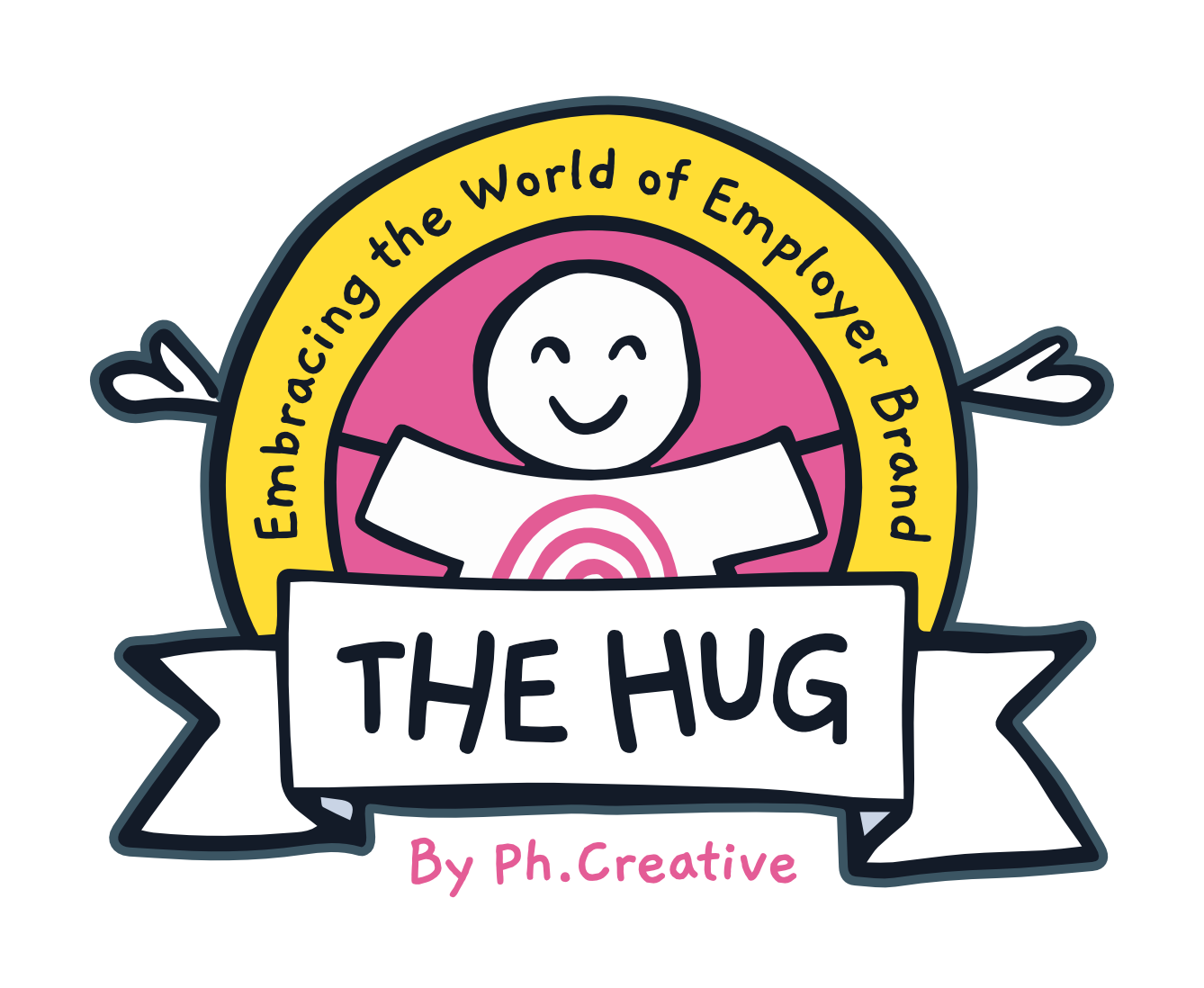1 Simple Formula for a Powerful Employee Value Proposition
3 min read. Employer branding is a lot like marketing. It’s often called the “human side” of marketing because you’re not selling products or services, you’re selling a company: its experience, its culture, its people and how they connect with one another.
Employer branding is a lot like marketing. It’s often called the “human side” of marketing because you’re not selling products or services, you’re selling a company: its experience, its culture, its people and how they connect with one another.
Nevertheless, there are a lot of parallels, since both marketing and employer branding rely on using the motivations of their audiences to influence decision-making.
Here is a simple marketing concept that employer brand leaders can use to tap into what talent really wants and form a proposition that packs a punch.
Layers of Motivation

When harnessing human motivations in employer branding, most companies only scratch the surface.
They broadcast the superficial benefits of working for an organisation, failing to leverage the emotions that fuel our decision making.
It is only by delving deeper into the next layer of motivations and harnessing those intrinsic drivers that you will truly make an impression on talent.
Take for example, a gym membership. Why do people buy them?
The surface layer of motivation
- To get fit
- To improve your health
The second layer of motivation
- Have more energy to play with your kids
- Regulate your mood to be a better partner
- Avoid the stress of regular doctor’s appointments
These points are that much more powerful motivators because they’re personal, emotional, and are ultimately driving the decisions. They're what your audience really care about.
These are the motivations you want to tap into.
In employer branding this would look something like…
Working in tech for Amazon
Surface layer of motivation
- Great salary and benefits
Second layer of motivation
- The sense of pride from being able to tell people you work for a huge, globally successful brand
- A CV boost to shortcut you to your dream job
- Receive recognition on exciting projects
Or something more like this…
A company offering flexibility
Surface layer of motivation:
- Generous annual leave and hybrid work
Second layer of motivation:
- Ability to pick your kids up from school or go to their recitals, no questions asked
- More quality time to spend with loved ones
- More freedom to work on your side hustle or passion project
Surface layer motivations are general; second layer motivations are personal.
If you were considering working at this company, which layer would you find more compelling?
Top Tip: Now think about your own company proposition. Is there an aspect that stands out? Or are you trying to be everything to everyone? What are the real, human motivations beneath the surface of your offering?
When your employee value proposition makes an emotional impact, it’s guaranteed to be more effective.
The Winning Formula for a Powerful EVP
So, here it is - how you make an impression.
Second layer motivations + realistic adversities = powerful proposition
Everyone is different. Certain motivations will inspire some individuals than others, and that’s okay. That’s how it should be.
Not everyone will be aligned with what your company is offering; that’s what differentiates general candidates from the right candidates for you.
After all, if a prospective employee is not inspired by your employee value proposition – the distillation of your company’s core values, rewards, challenges and behaviours - from the get-go, that’s not likely to change, and will only lead to retention problems a later down the line.
That’s why it is essential you balance these powerful second layer motivators with the realistic challenges and drawbacks of the role. We call this the “Give and Get” method.
With so much deception in the industry, (40% of recruiting professionals admitted to lying to candidates about the role or company in a recent survey,) candidates find this kind of honesty both disarming and compelling.
They want to know, in advance, what they will be up against - what it takes to thrive in your organisation.
Take the Amazon example. The caveat to those rewards might be long hours, total accountability and stressful deadlines. It’s not for everyone. But the candidate must be informed of both sides of the coin so they can make a measured decision.
When unsuitable candidates are given the autonomy to self-select out of the hiring process, your brand begins to act as a smart filter, saving you time and money.
Give this formula a try when designing your EVP for an offer so compelling, it's impossible to ignore.
Sign up to our blog

Every other Thursday we share:
✔ One feature full of our freshest insights
✔ An expert hack you'll love to use
✔ The links you need now
+ other helpful bits for thousands of EB and TA pros just like you


